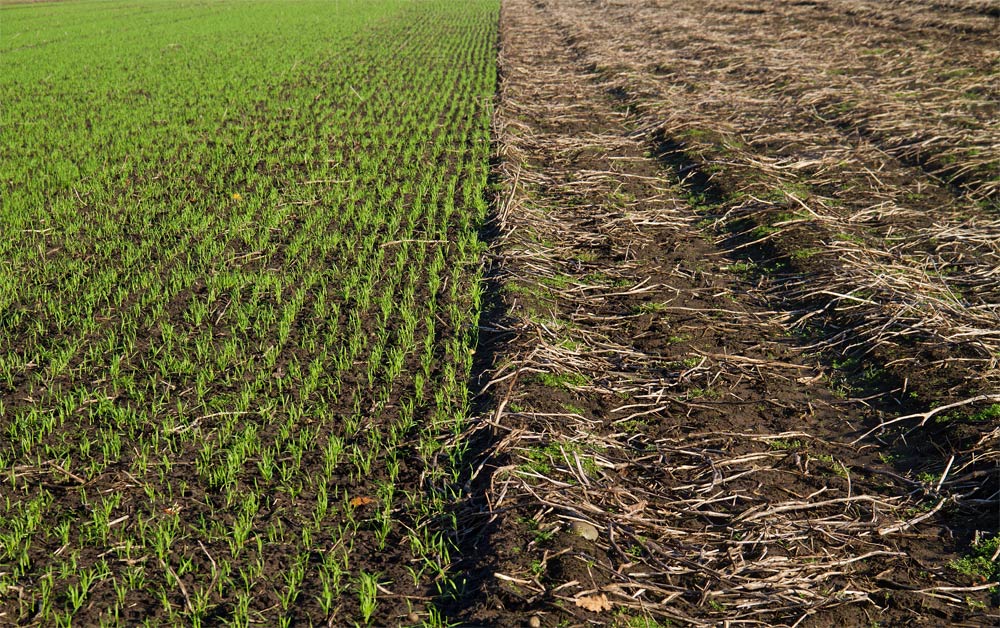Crop rotation is a centuries-old agricultural practice where different types of crops are grown in a planned sequence on the same land. This method prevents the continuous depletion of specific nutrients in the soil, contributing to sustainable farming. By alternating crops with varying nutrient needs and root structures, farmers can naturally improve soil fertility and reduce dependency on chemical inputs.
Beyond soil health, crop rotation plays a pivotal role in pest and disease management. Many pests and pathogens are crop-specific, so changing the type of crop grown interrupts their life cycles. Additionally, rotating crops helps break weed growth patterns and enhances overall field productivity, creating a stable and sustainable farming system.
Key Benefits of Crop Rotation for Soil Health and Fertility
Implementing crop rotation improves soil structure by diversifying root systems and organic matter inputs. Certain crops, like legumes, fix nitrogen into the soil, reducing the need for synthetic fertilizers. Rotations also support beneficial microorganisms, promoting a robust soil ecosystem.
Five Benefits of Crop Rotation:
- Nutrient Balancing: Reduces the risk of nutrient depletion by alternating crops with different nutrient demands.
- Enhanced Soil Structure: Improves soil aeration and drainage through diverse root systems.
- Pest and Disease Management: Disrupts cycles of crop-specific pests and diseases.
- Reduced Weeds: Minimizes weed pressure by varying planting patterns.
- Improved Yields: Encourages healthier plants and more stable crop production.
Common Challenges in Crop Rotation and How to Overcome Them
Farmers may face challenges like selecting suitable crops, managing crop diversity, or planning rotations for small fields. Effective planning and understanding soil types can overcome these obstacles.
Five Tips to Tackle Challenges:
- Choose crops based on local soil type and market demand.
- Include nitrogen-fixing crops like legumes to enrich the soil.
- Diversify crop selection to address pest and disease risks.
- Use digital tools to map and plan rotations efficiently.
- Test soil regularly to adjust rotations to nutrient levels.
Effective Crop Rotation Strategies for Different Farm Types
Effective crop rotation strategies vary based on farm size and soil type. Small-scale farms can benefit from intercropping and shorter rotation cycles, allowing for more frequent planting of diverse crops to maintain soil health and maximize land use. These practices are particularly effective for managing pests and diseases in compact areas while optimizing yields.
For larger farms, multi-year rotational cycles are ideal for maintaining soil fertility and balancing nutrient demands. Sandy soils, which drain quickly, benefit from the inclusion of cover crops to retain moisture and prevent erosion. Meanwhile, clay-heavy soils are better suited for deeper-rooted crops that enhance soil aeration and structure over time. Tailoring rotations to your specific farm needs ensures both sustainability and productivity.
Master Crop Rotation with AgNote: Boost Yields and Soil Health
AgNote simplifies crop rotation planning by offering tools to track planting schedules, monitor soil health, and manage field activities efficiently. With its user-friendly platform, farmers can make data-driven decisions to optimize rotations, improve soil fertility, and boost yields. Start your 7-day free trial today and see how AgNote can transform your farm management.
